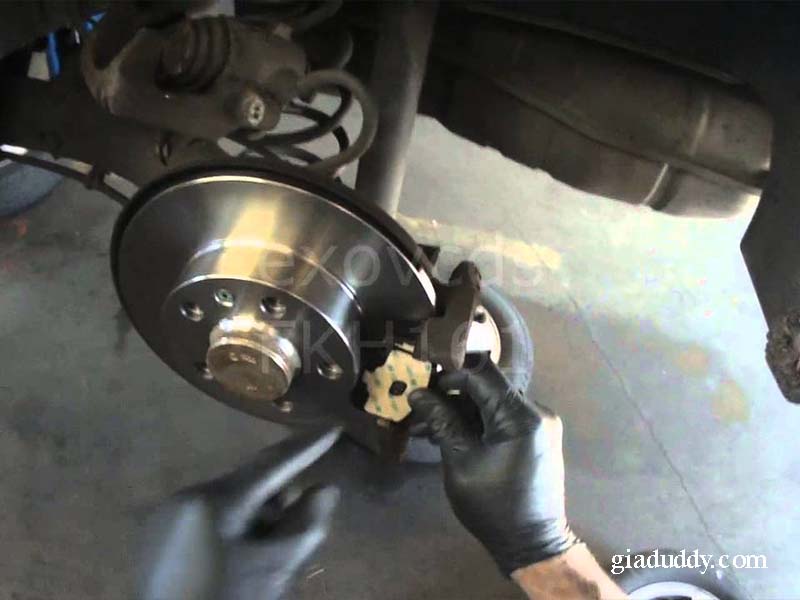When it comes to motorcycle dragging rear brake controlling the bike’s speed, handling, and stability is essential, especially in tricky situations. One technique that can help improve bike control is the art of dragging the rear brake with throttle. While it may sound like an unusual combination, this method, used by both road riders and racers, offers advantages such as better line corrections, smoother cornering, and improved stability, especially in challenging riding environments.
In this article, we will explore why dragging the rear brake with throttle is a useful technique, the risks and rewards involved, and how to apply it correctly to your riding style.
What Is Dragging Rear Brake?
Before we dive into the details of using the rear brake with throttle, let’s understand what “dragging” the rear brake means. Dragging the rear brake refers to lightly applying pressure on the rear brake lever while riding, typically while maintaining a steady throttle. The goal is not to completely stop the bike but to modulate the braking force, allowing for a controlled deceleration.
This technique is most often employed during situations like trail braking or navigating through sharp corners. By keeping the brake lightly engaged, the rider can ensure smoother transitions and prevent sudden jerks, which can be unsettling during high-speed maneuvers.
Why Drag the Rear Brake While Throttling?
1. Stabilizing the Bike During Cornering
Dragging the rear brake while maintaining throttle helps stabilize the bike’s chassis during a turn. It allows the rider to balance the deceleration with forward motion, which reduces the likelihood of unsettling the motorcycle during aggressive lean angles. As the throttle opens and the rear brake is slightly applied, the bike’s weight is managed more evenly between the front and rear, which can help maintain a steady line.
2. Correcting Your Line
Another key reason to drag the rear brake is line correction. In certain situations, such as when you’ve overshot a corner or are running wide, applying a little rear brake can help tighten your turn. The rear brake, when applied lightly, can act like a pivot point, altering the bike’s geometry to make minor adjustments without losing stability. This can be especially useful on tight corners or when navigating technical courses.
3. Preventing Wheelies in High-Speed Situations
In high-performance settings, such as on race tracks, applying the rear brake while throttling can help prevent an unintended wheelie. When accelerating hard, especially on a powerful bike, the front end can lift. Dragging the rear brake stabilizes the bike and helps keep the front wheel planted. This technique is often employed in racing, especially when the throttle is wide open but the rider needs to maintain control.
4. Improving Rider Confidence
For many riders, the feeling of control is paramount. Dragging the rear brake can give you an added sense of stability and confidence, particularly when riding in difficult conditions like wet roads or gravel. The ability to make fine adjustments to the bike’s behavior with minimal input is an essential skill for advanced riders. Learning to apply both throttle and rear brake smoothly allows for better handling and a more predictable response from the motorcycle.
How to Drag the Rear Brake with Throttle: A Step-by-Step Guide
While dragging the rear brake with throttle can be highly effective, it requires finesse and practice. Below are the steps you can follow to master this technique.
Step 1: Start Slow
If you’re new to this technique, start by practicing at low speeds. Find an empty parking lot or a quiet road with gentle turns. Begin with just the rear brake and throttle, focusing on maintaining a smooth application. Avoid using the front brake while experimenting to keep things simple and less complex.
Step 2: Use Light Brake Pressure
When you drag the rear brake, use minimal pressure. Over-applying the brake can lock the rear wheel, which can lead to a loss of control. The key is subtlety. You should aim for a steady deceleration rather than a sudden reduction in speed.
Step 3: Maintain a Steady Throttle
While applying the rear brake, continue to maintain a steady throttle. The throttle should not be fully open, but neither should it be completely closed. This balance ensures that the bike stays balanced and doesn’t abruptly decelerate. Smooth throttle control is crucial for maintaining stability.
Step 4: Use It in Corners
Apply the rear brake gently as you approach a corner. The rear brake helps adjust the bike’s balance and reduces the likelihood of understeering or running wide. If you find yourself too wide in a corner, a small application of the rear brake will tighten your line.
Step 5: Practice Line Adjustments
As you gain experience, try using the rear brake to fine-tune your cornering. If you’re running wide, gently drag the rear brake to adjust your turning radius. Keep the throttle steady, and focus on maintaining a smooth and controlled corner.
Step 6: Apply It in More Complex Scenarios
Once you’re comfortable dragging the rear brake in simpler situations, start using it in more challenging scenarios, such as during high-speed cornering or in emergency situations. Practice will help you refine the technique, making it instinctual.
When to Avoid Dragging the Rear Brake
While dragging the rear brake can offer many advantages, it’s important to recognize situations where this technique might not be ideal.
- During Emergency Braking: When you need to stop as quickly as possible, such as in an emergency, dragging the rear brake can be counterproductive. In these cases, focus on using the front brake, which offers more stopping power. Relying on the rear brake in emergency situations could lead to less effective deceleration.
- In Slippery Conditions: If you’re riding on surfaces with low grip, like wet roads, gravel, or icy conditions, dragging the rear brake can cause the rear wheel to lock, leading to a skid. In such conditions, it’s best to apply the brakes progressively and avoid over-applying the rear brake.
Common Mistakes to Avoid
- Overuse of Rear Brake Pressure: Applying too much pressure on the rear brake while throttling can result in the rear wheel locking up, causing a skid. Be sure to use only light brake pressure.
- Incorrect Throttle Control: Not balancing the throttle can cause the rear brake to be ineffective. Make sure to maintain a steady throttle and avoid sudden openings or closures that could destabilize the bike.
- Not Practicing Enough: Like any advanced riding technique, dragging the rear brake requires practice. Avoid attempting it at high speeds until you are comfortable with the basics.
Conclusion
Mastering the technique of dragging the rear brake with throttle can significantly improve your riding skills. It offers better bike control, tighter cornering, and improved stability, especially when navigating tricky terrain or racing scenarios. With patience and practice, this technique can become second nature, making you a more confident and precise rider on both roads and tracks.
By following the steps outlined in this guide and practicing consistently, you’ll soon find yourself utilizing the rear brake with throttle efficiently and effectively, all while ensuring a smoother, safer ride.


